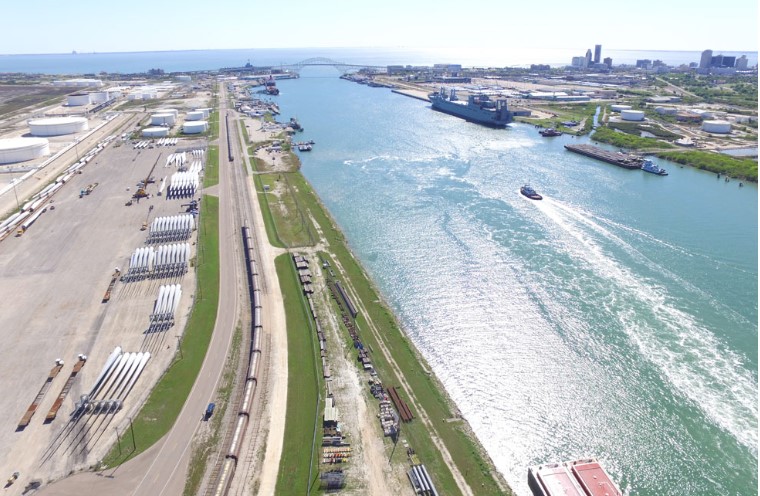2nd contract awarded for Corpus Christi Channel deepening
The Corpus Christi Ship Channel Improvement Project aimed at allowing larger tankers at the Port of Corpus Christi is entering its second stage.

Namely, the U.S. Army Corps of Engineers (USACE) awarded a $97.9 million construction contract on Wednesday to Texas-based Callan Marine for the second stage of the project of the planned four.
The company is expected to mobilize its newest and largest dredger General MacArthur to carry out the project.
The four-stage project increases the channel depth from -47 feet Mean Lower Low Water (MLLW) to -54 ft MLLW, and widens the channel to 530 feet with an additional 400 feet of barge shelves.
The Port of Corpus Christi is the third-largest U.S. port by total revenue tonnage and is the second-largest exporter of U.S. crude oil.
The port processes approximately 100 million tons of crude oil each year and the channel improvement project is aimed at boosting the port’s export capacity in line with the United States’ objective of cementing its status as a net energy exporter.
The US set a milestone in September 2019 having exported 89,000 more barrels of crude oil and refined petroleum products a day than it imported, reversing the trend balance for the first time since the 1940s, according to the Energy Information Administration.
“As the largest export gateway for U.S. produced energy destined for global demand markets, a deeper and wider ship channel will solidify the competitiveness of American energy on the world stage,” Sean Strawbridge, Port of Corpus Christi Chief Executive Officer said.
The second stage will focus on deepening and widening the channel from Harbor Island to 2.7 miles past the LA Quinta Junction and includes Ingleside benefiting three large crude export marine terminal operators: Buckeye Partners, Moda Midstream, and Flint Hills Resources.
The second stage of the project is set for completion in early 2022, with improvements to Ingleside by the fourth quarter of 2021.
The first stage was completed in March 2020 and covered the section from the Gulf of Mexico to Harbor Island.








